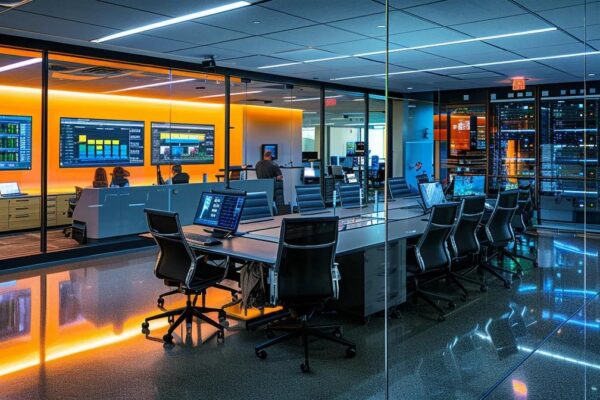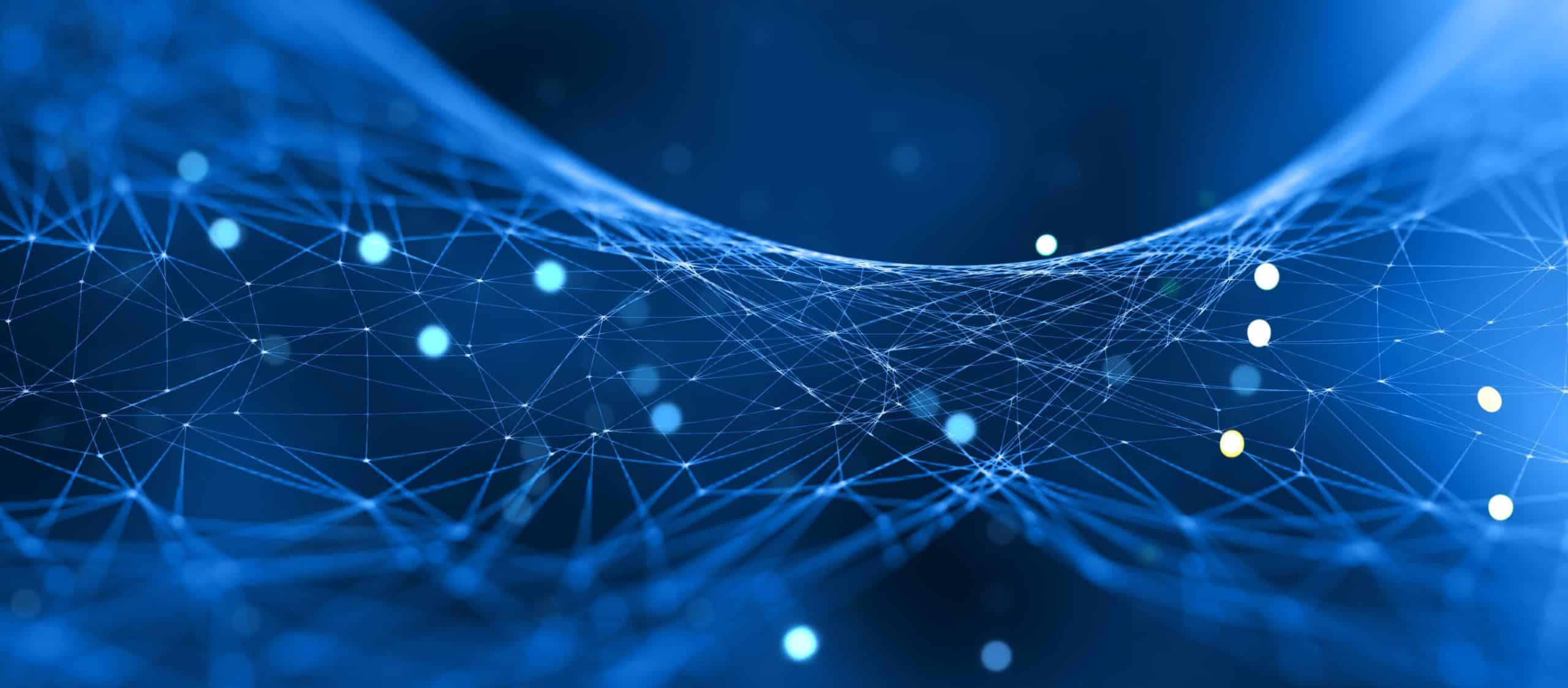
Cybersecurity
Safeguard Your Data
Cybersecurity describes the tools and practices a company employs to protect its digital infrastructure from malicious attacks and other cyber threats. It is designed to secure your company’s data while protecting all devices connected to your system, including servers, computers, tablets, and mobile phones.
As threats continue to increase in number and scope, many businesses employ a cybersecurity company in an ongoing effort to ensure maximum protection.
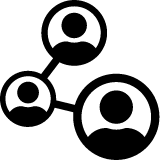
IT is Complicated
It is unrealistic to expect 1-2 people to have a complete understanding of networking, backup & disaster recovery, compliance, cybersecurity, email monitoring, infrastructure, cloud management, and the list goes on.
Why depend on a few when you can have an entire team for a reasonable price?
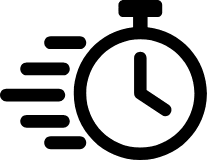
Get Instant Technical Support
93% of tech support calls are answered instantly and 100% of messages get a call back in less than 15 minutes!
Why have someone for only 8 hours a day? Except when they’re off to lunch or working on something else — maybe they’re out of the office for personal reasons. Why chance it?

Experience Convenience
How convenient would it be to have a team of technicians support and troubleshoot your network problems without needing to track anybody down?
Your managed IT department is on standby to tend to your every need, monitor and maintain your entire IT infrastructure and provide you peace of mind.
Top Cybersecurity Services to Deal with Cyber Threats
What is Cybersecurity?
Cybersecurity deals with the protection of computer systems, sensitive data, information, and networks from damage, theft, and unauthorized access. Cybersecurity services are the threat detection, techniques, risk management practices, and technologies put in place to counter cyber attacks. The major targets of cyber attacks are mobile devices, computer systems, digital assets, and information.
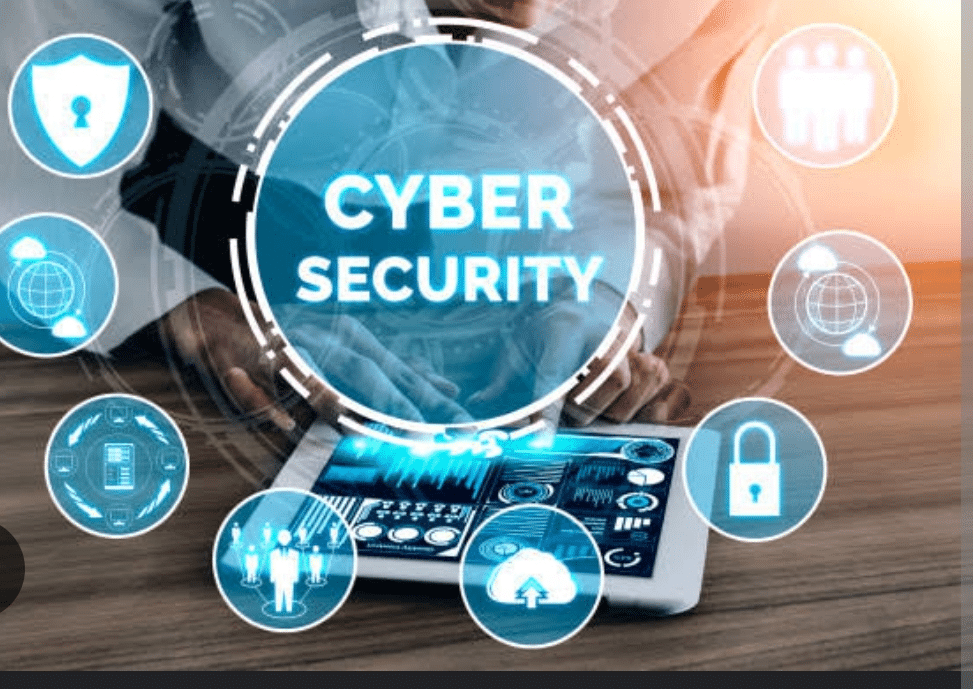
Key Aspects of Cybersecurity
Integrity and Confidentiality:
Cybersecurity ensures utmost security analytics confidentiality of data and information especially from unauthorized users and modifications. Hence, the importance of maintaining maintaining the integrity of such digital assets. Since cybersecurity services are constantly evolving, it includes a broad range of practices and include consist of the following key aspects. The technique used to achieve confidentiality and integrity includes version control, threat detection, data backups, endpoint detection plus protection, and digital signatures.
Authorization and Authentication:
Methods and strategies are employed to verify and determine the identity and access management of devices, users, and entities. Techniques such as two-factor, biometric, and password authentication can be employed. Others include permissions, access control, and authorization.
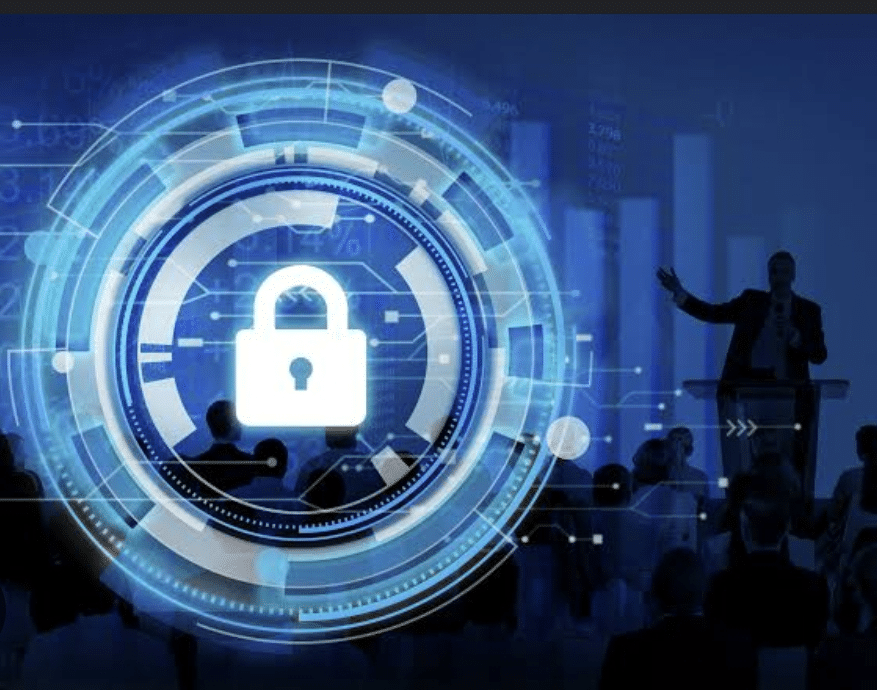
Incident Response and Risk Management:
One of the main goals of this aspect is managed services involving risks and incidences. The procedures employed include risk management, incident response planning, reporting, detection, and investigation. Others involve risk analysis, assessments, risk management, threat detection and fixtures. The ability to mitigate the effects of risks and incidents is vital in cyberspace.
Benefits of Cybersecurity
Enhance National Data Security:
It involves keeping valuable data and information from the reach of hackers, terrorists, and malicious characters. When it comes to national security, cybersecurity plays a large role as it ensures the sanctity of records of national value is maintained. It also neutralizes and prevents potential threats or attacks.
Protect Critical Infrastructure and Data:
Cybersecurity helps in protecting crucial infrastructure, data, sensitive information, trade secrets, and financial information from misuse, theft, and manipulation. Critical infrastructure is essential for the running of the economy. Hence, proper protection of such significant infrastructure and its information equals public safety and security.
Help in Maintaining Business Sustenance:
Cybersecurity helps prevent businesses and organizations from experiencing downtimes and business disruptions. It provides that such businesses or organizations can continue to operate regardless of any cyber attack to operate regardless of any cyber attack therefore minimizing financial losses, safeguarding revenues and preventing debts.
Prevention of Cybercrimes:
With cyber crimes evolving into an increased threat, countermeasures are needed for protection purposes. These countermeasures prevent criminals from laying hands on essential personal records, data, and information. As well as protection against other illegal activities that are committed online.
Related Articles
Navigating the Choice of IT Managed Services Firms
6 Key Considerations for Partnering with a Managed IT Services Provider – A Comprehensive Guide for Small Business OwnersManaged IT services are critical for small and mid businesses that need to ensure…
Continue Reading Navigating the Choice of IT Managed Services Firms
Elevate Your Business: Scalability of Managed IT Services
Transform your business with scalable managed IT services designed for growth. Enhance efficiency and drive innovation today while minimizing costs.
Continue Reading Elevate Your Business: Scalability of Managed IT Services
How to Choose the Right Managed Service Partner: Expert Tips
Choosing the right managed service partner can transform your business. Learn expert tips to make an informed decision and boost your company’s success today.
Continue Reading How to Choose the Right Managed Service Partner: Expert Tips



